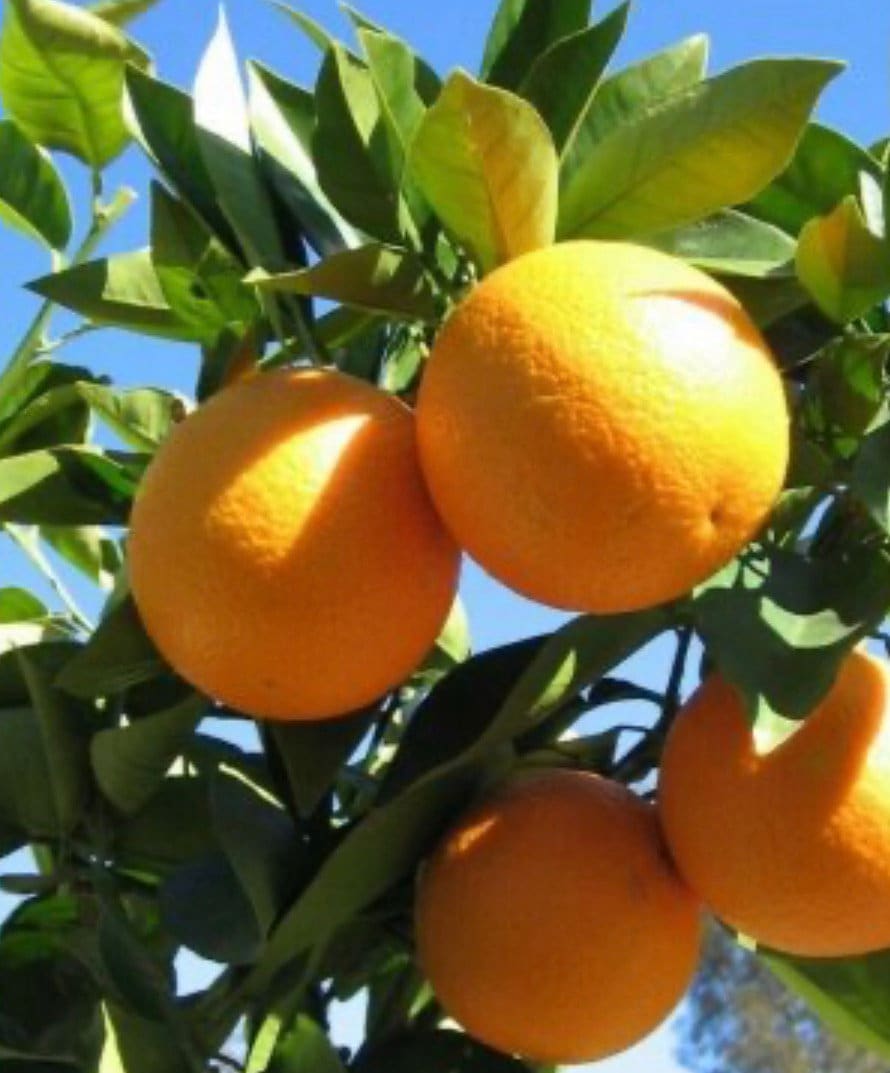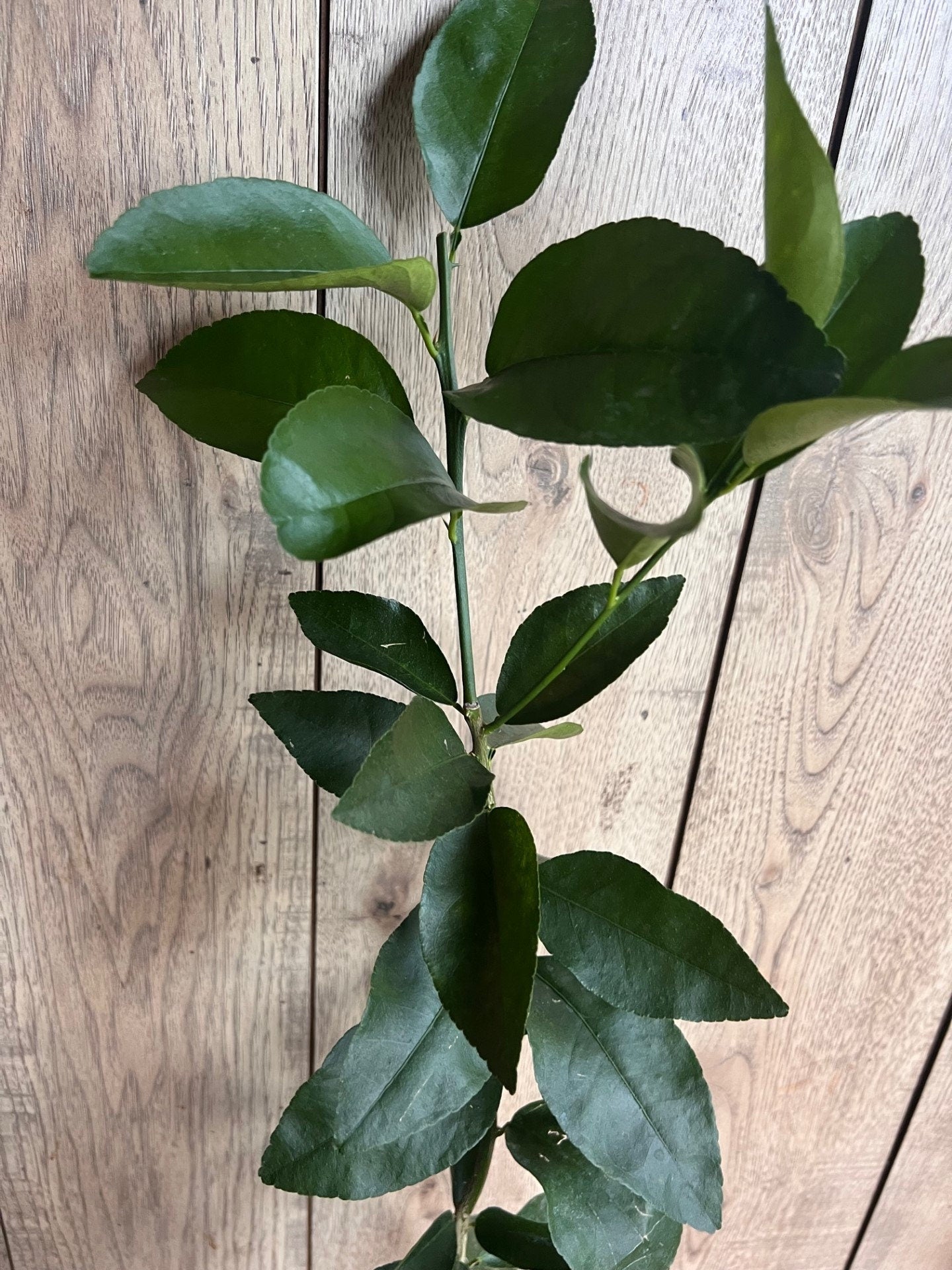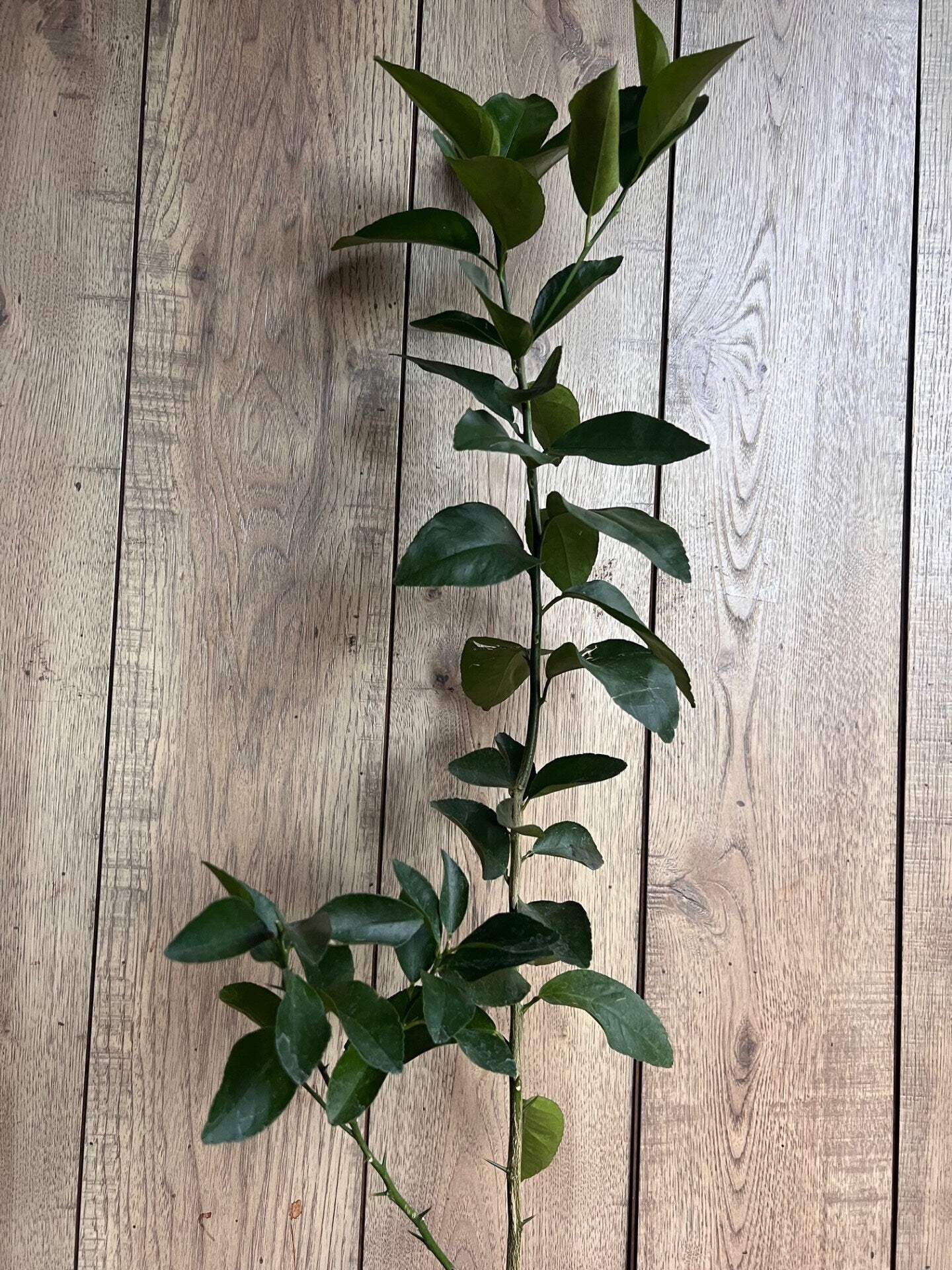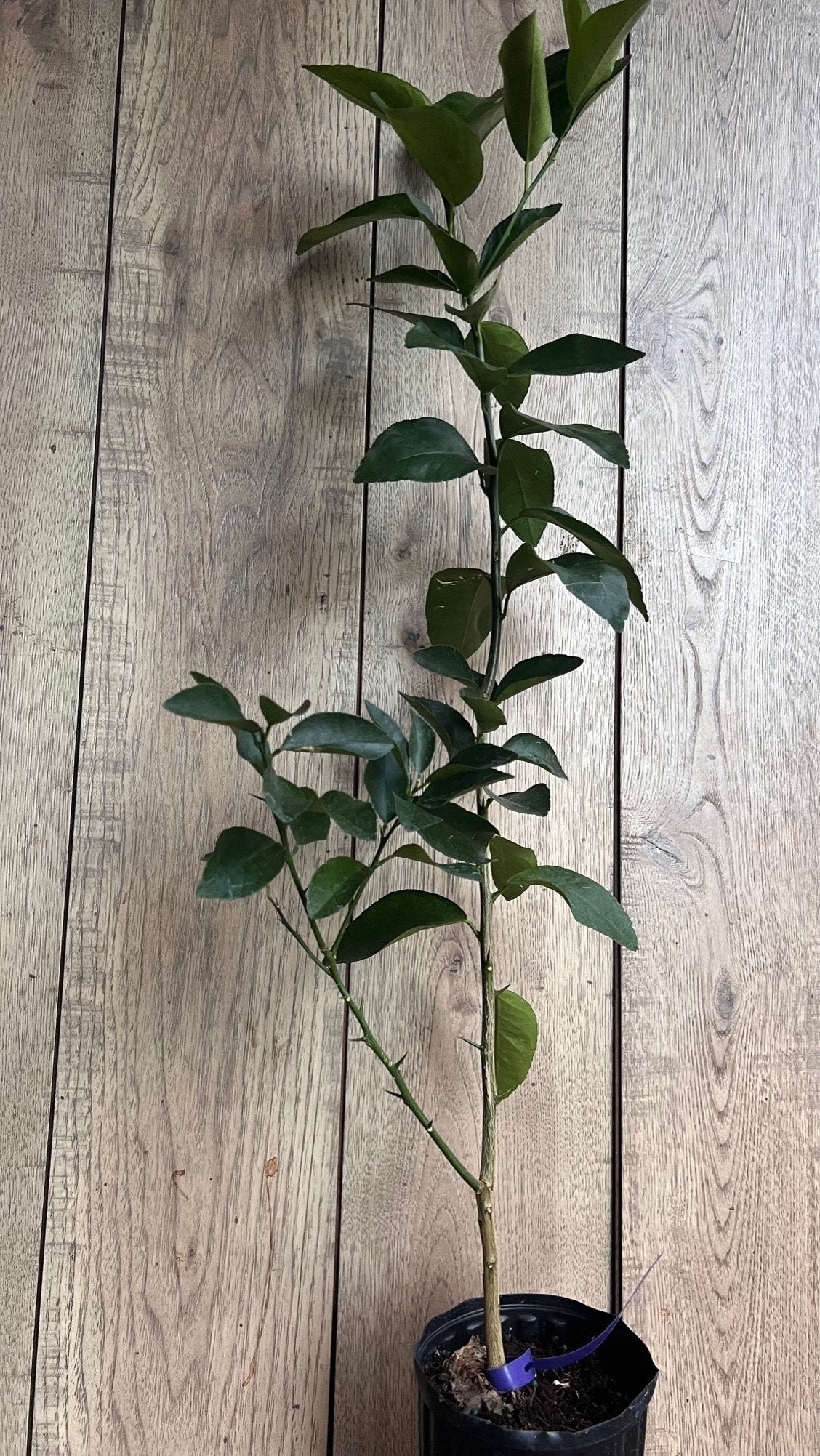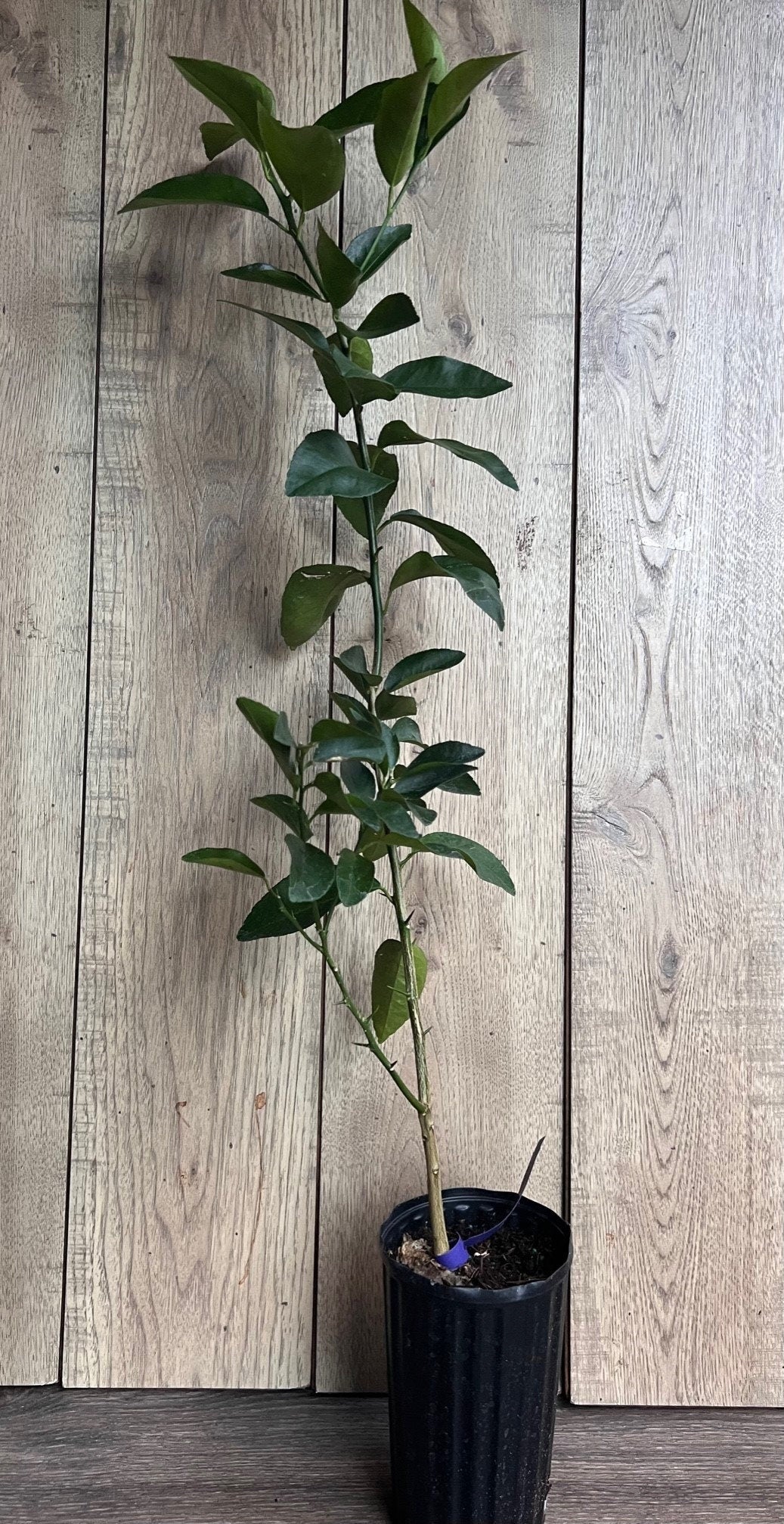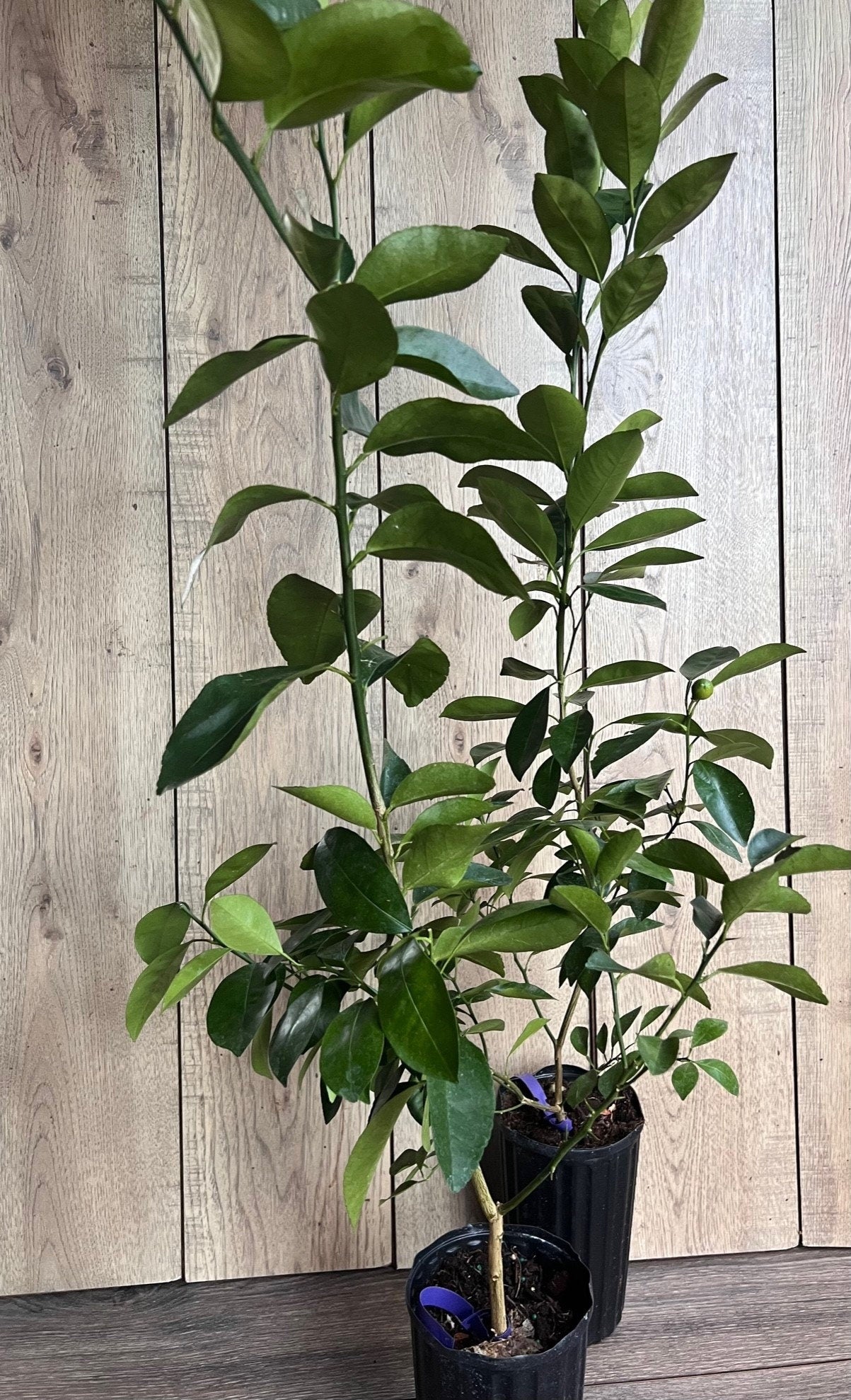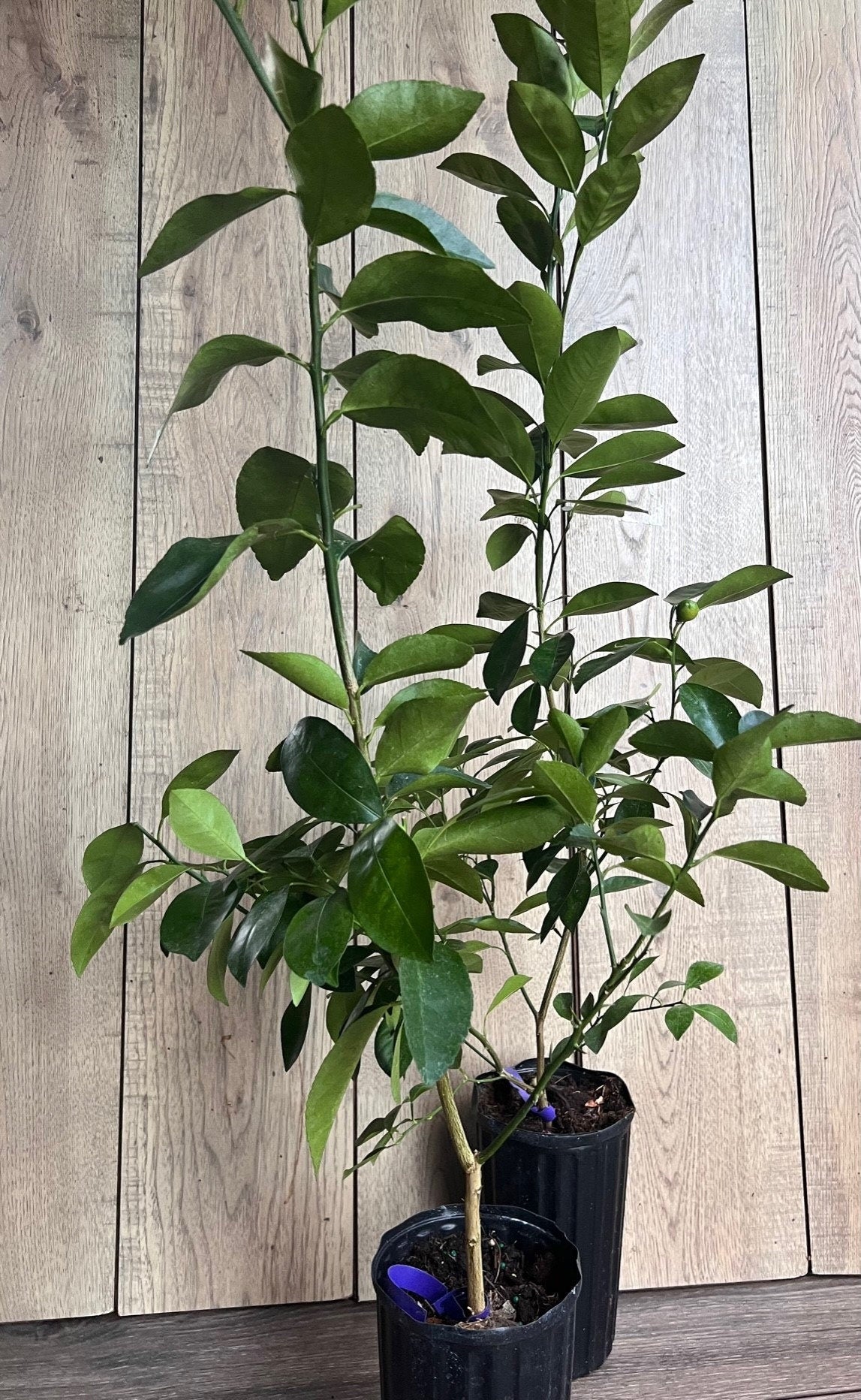Valencia Orange Tree in half Gallon Pot, Grafted, Florida Shipping Only
Valencia Orange Tree in half Gallon Pot, Grafted, Florida Shipping Only
Couldn't load pickup availability
Note: You will receive one Valencia Orange in 1/2 Gal pot similar to the pictures
The Valencia orange is a popular variety of sweet orange (Citrus sinensis) known for its vibrant, bright orange skin and juicy, tangy-sweet flesh. Originating in Spain, it is prized for its excellent balance of sweetness and acidity, making it ideal for juicing. The fruit has relatively few seeds, and its thin, smooth rind makes it easy to peel. Valencias are typically in season during late spring and summer, and they are one of the most commonly used oranges for making fresh juice, thanks to their high juice content and refreshing flavor. Beyond juicing, they are also used in cooking, baking, and for garnishing cocktails, where their zesty, aromatic essence adds a burst of citrusy brightness.
aring for a Valencia orange tree requires attention to its specific needs for sunlight, soil, watering, and protection to ensure healthy growth and a good harvest. Here’s a guide to Valencia orange tree care:
-
Sunlight: Valencia orange trees require full sunlight, ideally 8-10 hours a day, to produce the best fruit. They thrive in warm, subtropical or tropical climates but can also grow in cooler regions with proper care.
-
Soil: These trees prefer well-drained, sandy loam soil with a slightly acidic to neutral pH (between 5.5 and 7). If you're planting in the ground, make sure the soil drains well to avoid waterlogging, which can lead to root rot. If growing in a pot, use a well-draining citrus potting mix.
-
Watering: Valencia orange trees need regular watering, especially during the growing season, but they don’t like "wet feet." Water deeply but infrequently—typically once a week or when the top inch or two of soil feels dry. During the winter months or cooler periods, reduce watering since the tree’s water needs decrease.
-
Fertilization: Fertilize your tree regularly to support strong growth and fruit production. Use a balanced fertilizer designed for citrus trees, typically high in nitrogen, and follow the manufacturer's instructions. Fertilize in early spring and again in late summer. Avoid over-fertilizing, as too much nitrogen can lead to excessive leaf growth at the expense of fruit.
-
Pruning: Pruning helps maintain a strong structure, removes dead or damaged wood, and improves air circulation within the canopy. Prune in late winter or early spring before new growth begins. Be sure to remove any suckers growing from the base of the tree and thin out crowded branches.
-
Protection from Pests and Disease: Regularly inspect your tree for pests such as aphids, scale, and spider mites, which can damage leaves and fruit. Use insecticidal soap or horticultural oils to manage pests if necessary. Also, keep an eye out for fungal infections, especially if your tree is in a humid or wet environment. Proper spacing and pruning can help improve air circulation and prevent disease.
-
Frost Protection: Valencia orange trees are sensitive to frost, so if you live in a region where temperatures drop below freezing, you’ll need to protect your tree during winter. Cover it with frost cloths or bring potted trees indoors or into a sheltered area during particularly cold spells.
-
Harvesting: Valencia oranges typically ripen in late spring to early summer, depending on your region. The fruit is ready when it turns a deep orange and has a firm texture. Gently twist or cut the fruit from the tree to avoid damaging the branches.
By providing the right care, including proper watering, fertilizing, pruning, and pest management, you can ensure your Valencia orange tree thrives and produces delicious, sweet fruit for years to come.
Share
